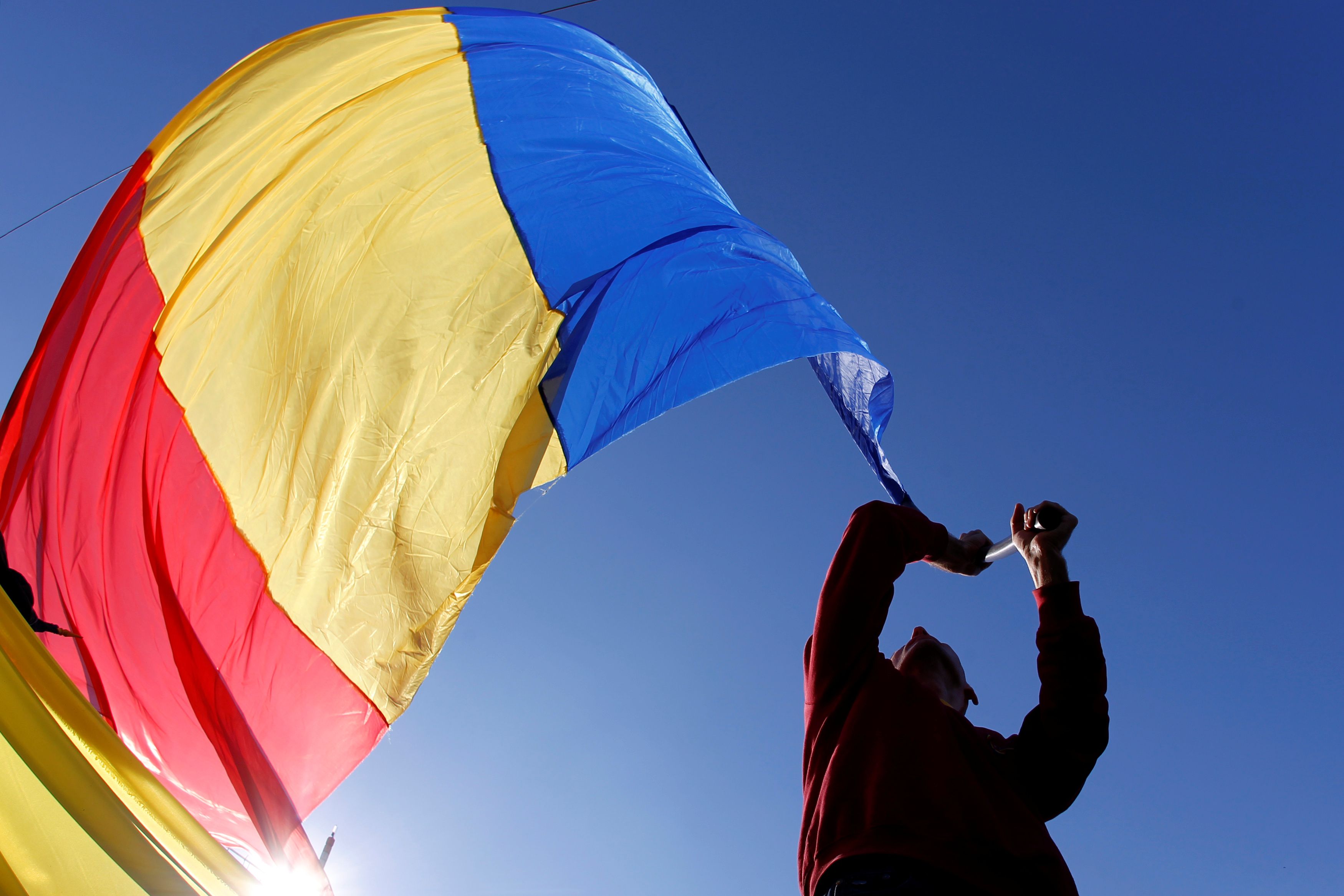Romania’s Relations with Ukraine: Cooperation Despite an Impasse

Romanian-Ukrainian relations are weighed down by historically conditioned mistrust. Northern Bukovina and parts of Bessarabia that currently belong to Ukraine were lost by Romania in 1940 as a result of the Molotov-Ribbentrop Pact. Although today’s borders were confirmed by a 1997 treaty, the common history remains a source of misunderstanding at the state level. This is evidenced by the protest levied by the Romanian Ministry of Foreign Affairs in 2019 against a speech by President Volodymyr Zelensky in which he described the inclusion of northern Bukovina into Romania in 1919 as an occupation. The rapprochement between the two countries after the Russian aggression in 2014 reached an impasse in autumn 2017 when President Klaus Iohannis cancelled his visit to Kyiv in protest against Ukraine’s new education bill. Since then, the highest level of bilateral contacts have been three meetings of ministers of foreign affairs.
Disputes over the Romanian Minority
The education bill strengthens the teaching of the Ukrainian language, aiming to replace Russian, but also affecting teaching in other minority languages. Romania, like Poland, Bulgaria, and Greece, has criticised these changes. However, unlike Hungary, Romania seeks a compromise through a bilateral commission for minorities because it wants to avoid giving the authorities in Budapest a chance to use possible Romanian retaliation against Ukraine as a pretext to justify pressure for autonomy for Szeklerland, dominated by ethnic Hungarians. According to the 2001 census, Ukraine is inhabited by a Romanian minority of 151,000, living mainly in the border regions of Chernivtsi and Zakarpattia. The authorities in Bucharest also acknowledge that 259,000 Moldovans, concentrated mainly in the Chernivtsi and Odessa regions, are Romanians. Therefore, Romania is against recognition of the minority and the Moldovan language by Ukraine, treating it as distorting history and dividing Ukrainian Romanians.
The attempt to find compromise through a commission for minorities also disappointed Romania on the issue of combining small raions into larger ones during the Ukrainian administrative reform. In September 2020 in Bucharest, Foreign Minister Dmytro Kuleba ruled out the creation of a large raion especially for Romanians and Moldovans, who dominated three of the 10 small raions of Chernivtsi Oblast. After the reform, most of them are in one large raion, but its borders were set out in such a way that they comprise only 24% of its population. This makes it more difficult for them to elect local councillors or an MP. This contrasts with the situation of Ukrainian Hungarians and Bulgarians—each group has a majority in one large raion.
Romania is also concerned about how Ukrainian Orthodoxy is united within the framework of the autocephalous Orthodox Church of Ukraine (OCU). The Romanian Orthodox Church (ROC) does not recognise it, pointing out that autocephaly should include all orthodox structures in Ukraine and should be agreed between the Moscow and ecumenical patriarchs. This is due to ROC’s attempts to balance between the two patriarchates, but also to concerns about the faithful of Romanian nationality in Ukraine. Their 127 parishes are now part of the Orthodox Church subordinated to the Moscow Patriarchate. It accepts minority languages, while the KPU wants the liturgy only in Ukrainian. Although in 2020—counting on recognition by the ROC—it established a separate Romanian vicariate, the parishes within the structures of the Moscow Patriarchate do not want to join it. That is why some KPU faithful have attempted to take over Romanian churches by force.
Military and Crisis Cooperation
The Russian aggression against Ukraine in 2014 changed Romanians’ perception of security, with annexed Crimea just over 200 km away from the Danube delta. Romania has supported Ukraine’s defence capabilities as part of NATO and, unlike Hungary, did not threaten to block its cooperation with the Alliance in 2017 due to the bilateral disputes. Romanian support focuses on building Ukrainian cybersecurity capacity and conducting joint exercises. The partnership would be deepened by the agreement on military-technical cooperation of September 2020, which enables joint research, purchases, repairs of equipment, and more.
Romania has also supported Ukraine in the fight against the COVID-19 pandemic. In June 2020, the Romanian government offered €1.7 million for the purchase of medical supplies. In addition, together with Poland and 11 EU members, in January 2021 it prompted the European Commission to include the Eastern Partnership countries in the EU's vaccine assistance programme. Earlier, in April 2021, Romania was supported by the Ukrainian Air Forces in the transport of medical equipment from China.
Economic Cooperation
Romania and Ukraine, despite limited political contacts, want to strengthen trade and social relations. In 2020, they opened a ferry crossing point on the Danube. They also set out to build a bridge on the Tisza. Despite rising trade, in 2019 Romanian exports to Ukraine amounted to only €616 million (0.9% of total exports), and imports from Ukraine were worth only €931 million (1.1%). Romanian investments in Ukraine totalled only €17 million (for comparison, in Moldova they are €299 million). To strengthen this area of cooperation, the respective prime ministers, Florin Cîţu and Denys Shmyhal, in February 2021 agreed by phone to resume the work of the Joint Economic Committee. In the last 13 years, it has met only twice, and its 2017 agreements on banking, law enforcement, and business infrastructure cooperation have not yet been implemented. Romania’s distrust in Ukraine was made greater by the latter’s lack of ratification of a 1995 investment protection agreement due to a dispute over a jointly constructed steel plant in Kryvyi Rih. In 1997, Ukraine unilaterally interrupted the nearly completed investment (80%) and refuses to compensate Romania, which does not want to sell its shares at a loss, although they are worth around $1 billion.
Romania is becoming an increasingly important partner to the Ukrainian energy sector. In the EU it has, after the Netherlands, the largest gas resources and mineral extraction from newly discovered Black Sea deposits, and works planned in 2021 may turn Romania into an export power. Given these prospects, in 2019 state operators agreed to sell and store Romanian gas stocks in Ukraine. In February 2021, Cîţu and Shmyhal announced future talks between ministries and operators on Romania’s participation in the further diversification of gas supplies and the planned synchronisation of Ukraine’s power grid with the EU.
Conclusions and Perspectives
The stalemate in relations between Romania and Ukraine is difficult to break due to the importance of national minority issues in their domestic politics. The idea of consolidating Ukrainian society around the Ukrainian language is not targeting the Romanian minority, but the latter see it as a threat to their identity. Even though attempts to find an amicable solution have failed so far, Romania distances itself from Hungary’s approach, stressing that it unequivocally supports Ukraine’s Euro-Atlantic aspirations. It is true that the current Romanian authorities do not consider the issues of their compatriots abroad a priority, but they cannot afford to make significant concessions due to pressure from the opposition—the Social Democratic Party, which is willing to use nationalist slogans, and the extreme Alliance for Romanian Unity, which may intentionally provoke anti-Ukrainian incidents.
Romania’s perception of the threat raised by Russia is similar to Poland’s. That is why, despite tensions, Romania is one of the NATO countries with the strongest support for Ukraine’s defence capabilities. Imports of Romanian gas may help the Ukrainian energy sector become independent from Russia. Potential also lies in cooperation on the exploitation of the Black Sea shelf where Romania has significant experience. However, the negative experience of the Kryvyi Rih project will make it cautious in dealing with new investments involving Ukraine.
The change of the U.S. presidency to Joe Biden may accelerate a Romanian-Ukrainian “reset”, as the new American administration promises to increase aid to Ukraine, but it will be conditioned on reforms and adherence to high standards of human rights. This could help Romania—an important U.S. ally—persuade the authorities in Kyiv to make concessions. There may be an opportunity for Poland to join Romania, as well as Bulgaria and Greece, in a joint proposal regarding the rights of compatriots in Ukraine.
A new platform to help overcome the Romania-Ukraine impasse and initiate a meeting at the highest level may be the trilateral “circle of trust” proposed by Moldovan President Maia Sandu. This initiative is in Poland’s interest as it would help dynamise the Eastern Partnership and pro-European transformations in Ukraine and Moldova. Poland may point out to its partners the benefits of such a compromise while offering its own experience in reconciliation with Ukraine.


